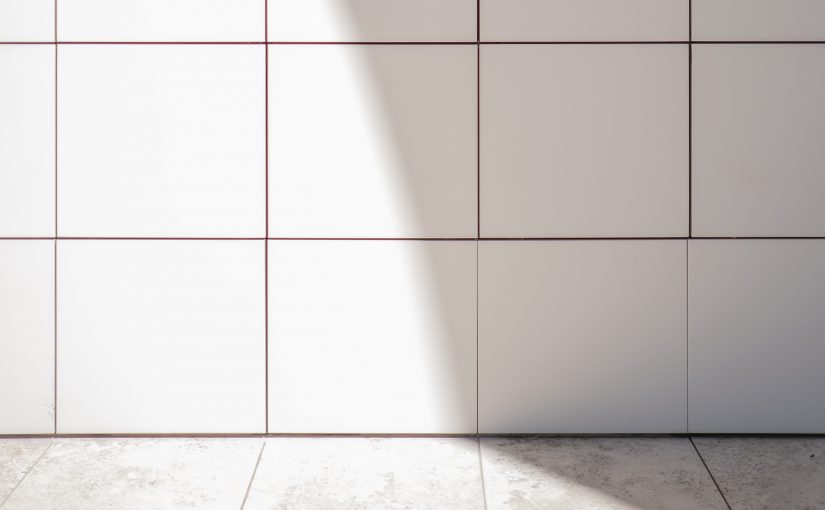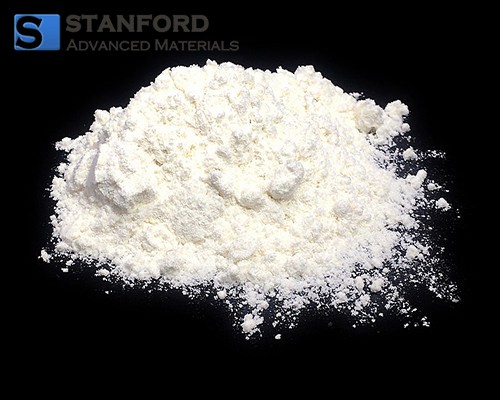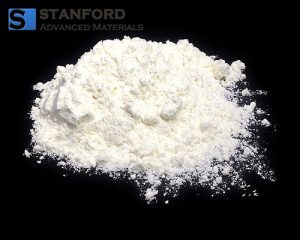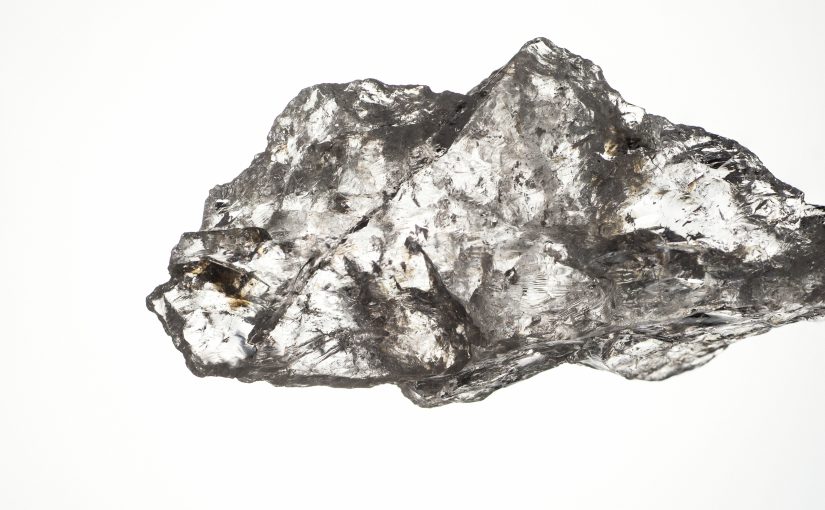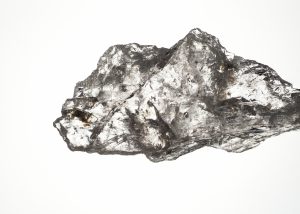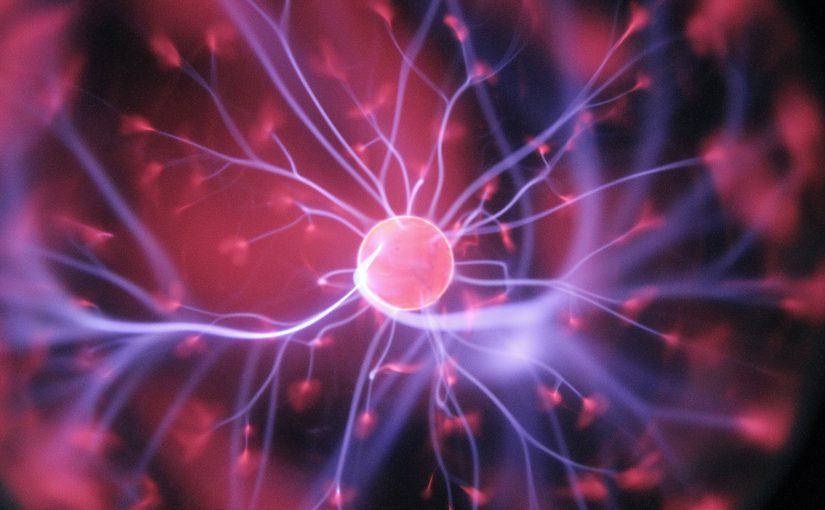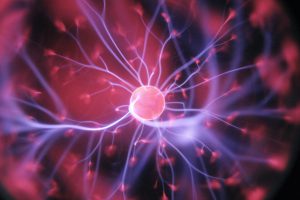Zirconia ceramics and jewelry made of zirconium are widely used in daily life, and it is generally believed that zirconium is not harmful to human health. However, some people suspect that zirconium in tiles can cause cancer.
It is possible for radioactive elements to cause malignant tumors, usually by inducing cell lesions, leading to leukemia, lymphoma, skin cancer and other blood cancers. As for the malignant tumor caused by excessive radioactivity of ceramic tiles, there are no such cases and related records in clinical experience and domestic and foreign case literature.
Adding zirconium silicate to ceramics is mainly used to increase the whiteness of ceramics. If you are still concerned about its safety, don’t blindly pursue whiteness when buying tiles.
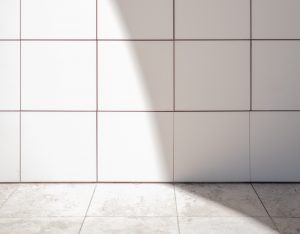
How to Distinguish Zircon from Diamond?
Colorless and transparent zircon is a good substitute for diamonds after careful consideration. The refractive index of zircon is close to 2, and the dispersion is similar to that of the diamond. Therefore, from the appearance, zircon will also shine with colorful light, which is very similar to diamond. Before the advent of man-made diamonds, zircon was the best diamond substitute.
Zircon is very similar to diamond in appearance, but zircon is far from diamond in price. Because the two are not easy to distinguish, some unscrupulous merchants use zircon as a diamond to deceive consumers and make huge profits. So as consumers, how do we differentiate them?

The main identification features of zircon are high refractive index, strong luster, high birefringence, high density, high dispersion, and typical spectral characteristics, etc., resulting in a very special optical phenomenon: When the polished zircon is observed with a magnifying glass, it can be seen from the top surface that there are obvious double shadows on the bottom surface and the ridge line. Because diamonds are “homogeneous”, there will never be a double shadow phenomenon, so zircons can be distinguished from real diamonds.
Diamond is a homogeneous body, completely black and hard under-crossed polarizers; while zircon appears as four bright and four dark under-crossed polarizers. Diamonds are lipophilic, and a ballpoint pen can easily leave uninterrupted marks on the surface of the diamond. Of course, this mark can be easily wiped off. Zircon is not lipophilic, and a ballpoint pen cannot leave uninterrupted marks on its surface. Sharpness marks.
